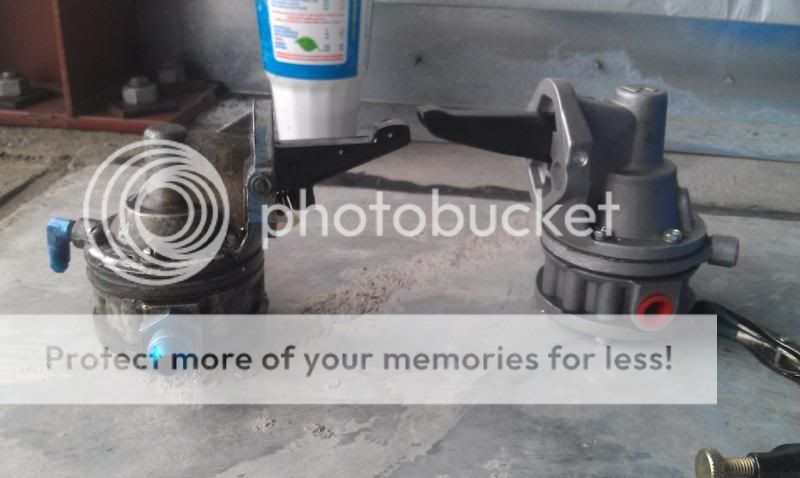bnt83
Final Approach
http://www.pilotsofamerica.com/forum/showthread.php?t=63184
I got to troubleshoot this today and the results where obvious but I never imagined I would see the old AC type low pressure mechanical fuel pump disable the entire fuel system to a point the engine wont maintain full power in a level attitude, where a high wing should gravity feed, but it did.
#1. No fuel pressure with engine running or off, aux pump on or off. No combination would work. Engine runs about 50% power with no sign of fuel starvation
#2. Remove a fuel line off the engine driven pump plug & cap the lines, to prevent the discharge side of the parallel aux pump reverse flowing thru the engine pump back to the inlet side of the aux, and the fuel pressure quickly runs at normal 5 psi with the aux turned on.
No check valves in the system to prevent backflow thru the engine pump should it fail.... Yikes.
I got to troubleshoot this today and the results where obvious but I never imagined I would see the old AC type low pressure mechanical fuel pump disable the entire fuel system to a point the engine wont maintain full power in a level attitude, where a high wing should gravity feed, but it did.
#1. No fuel pressure with engine running or off, aux pump on or off. No combination would work. Engine runs about 50% power with no sign of fuel starvation
#2. Remove a fuel line off the engine driven pump plug & cap the lines, to prevent the discharge side of the parallel aux pump reverse flowing thru the engine pump back to the inlet side of the aux, and the fuel pressure quickly runs at normal 5 psi with the aux turned on.
No check valves in the system to prevent backflow thru the engine pump should it fail.... Yikes.

 This is the type of pump I'm talking about.
This is the type of pump I'm talking about.





